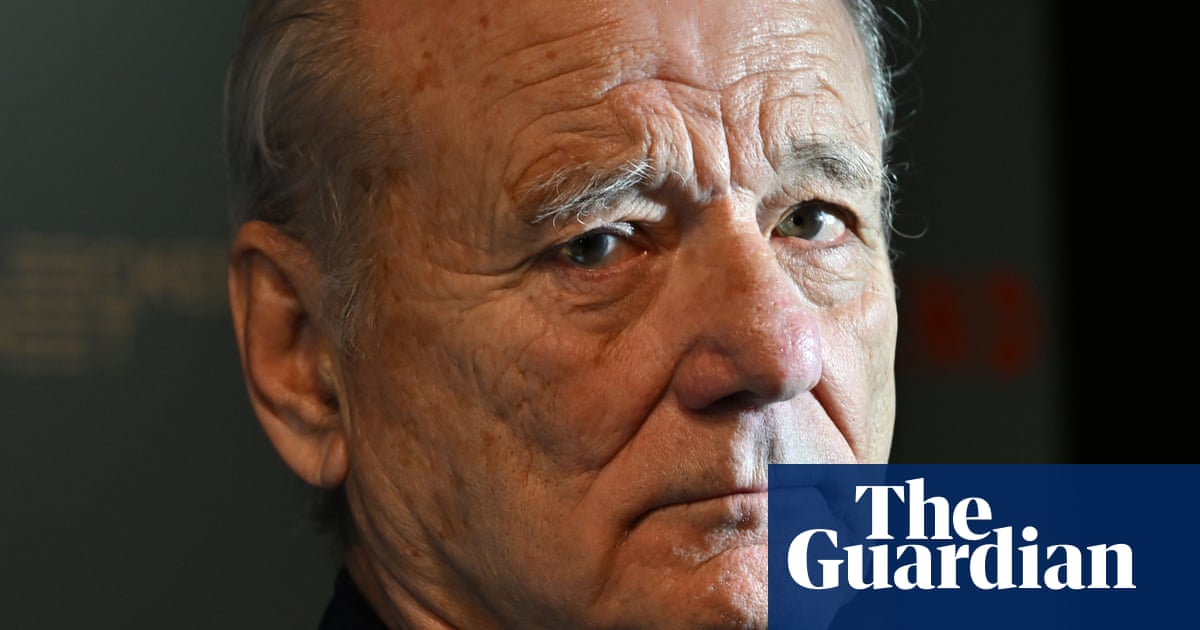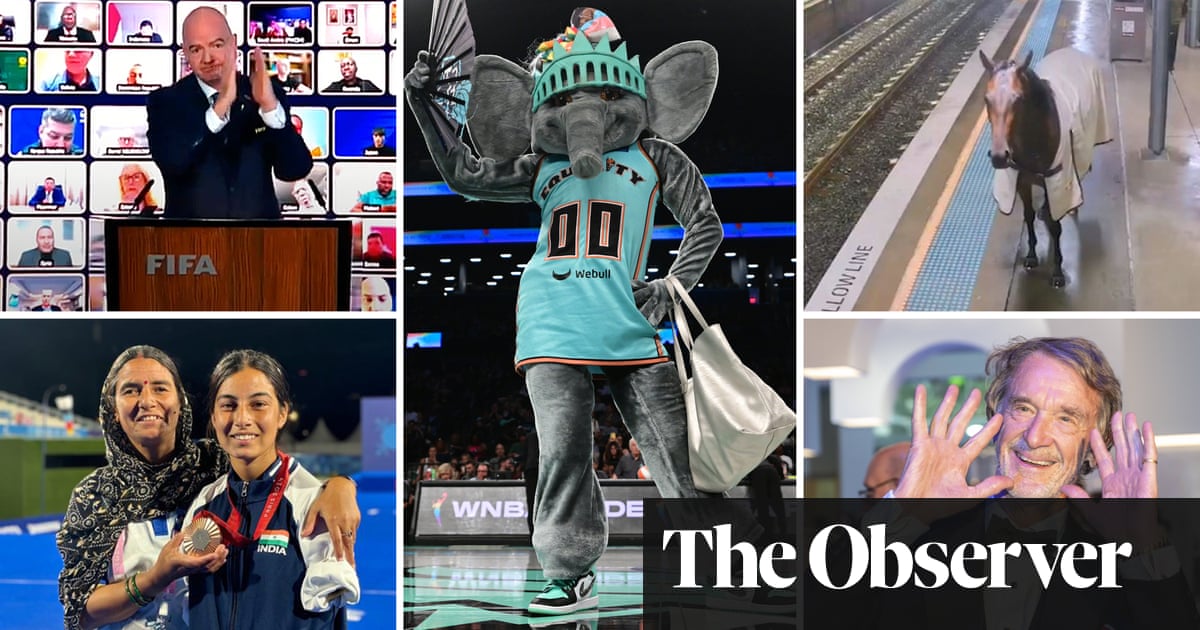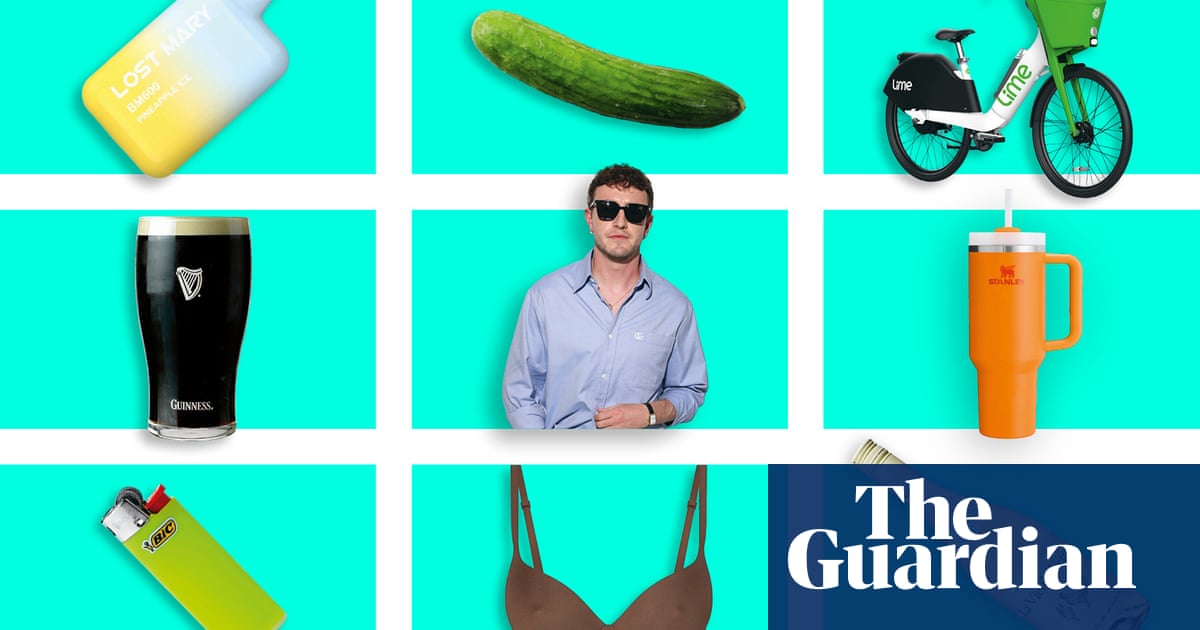It started with an impulsive eBay purchase. When Lee Shulman received the box of vintage slides he had bought from an anonymous seller, the British visual artist and film-maker could not believe the treasure he had accidentally uncovered. Beyond the impeccable quality of each image, taken in the 1950s by unnamed photographers, these were glimpses at everyday moments from everyday lives long since lost. Birthdays, family gatherings, holidays, parties, graduations – once cherished memories lovingly captured but now forgotten.
Bought in 2017, that box was the catalyst for what Shulman refers to as a “complete obsession”. More than 1m slides, 14 publications and a dozen international exhibitions later, The Anonymous Project has grown into a global endeavour and the 51-year-old’s life’s work. This ever-expanding archive of Kodachrome – a once groundbreaking but now defunct colour film released by Kodak in the mid-1930s – now represents the world’s largest private collection of amateur colour slides.

Speaking from Paris, where he has worked and lived for 20 years, Shulman turns the camera to his light table, where a pile of the most recently delivered slides awaits his attention. The international profile of The Anonymous Project means Shulman rarely buys slides any more, instead receiving donations from around the world. “It’s still as exciting as it was the first day,” he says. “I still open a box thinking: what’s going to be in there? And sometimes it’s magic, sometimes it’s terrible, and that keeps me going.”
With the thrill of an archaeologist making a rare find or a child tearing into a fresh pack of Pokémon cards, Shulman is first to admit: “I’m basically just a big kid in adult clothing.” Sifting through endless boxes of slides “still harks back to that moment of finding treasure. It’s not just uncovering history, it’s uncovering an emotional moment that feels strong to me.”

Over the years, Shulman has painstakingly sorted and themed his archive into photobooks documenting domestic scenes (The House, 2019); children (When We Were Young, 2020); the open road (On the Road, 2021); and a collaboration with Martin Parr (Déjà View, 2021). Shulman also filmed a documentary with Parr earlier this year. For the latest publication, Dressed to Impress, Shulman turns to fashion. Having previously resisted the subject as “too obvious”, owing to the ubiquitously spectacular outfits featured in virtually all the photographs he collects, this new compilation, covering the golden years of Kodachrome between 1950 and 1970, proves the allure of dress as a stand-alone subject, with colours that pop on every page.
“Every time I was interviewed, people would ask, what’s the difference between those images and today’s? If I’m honest, family photography and the pictures we take for Instagram, we show our lives in the same way – birthdays, celebrations, we still take a camera out for those moments. The only thing that’s different is people just dressed better back then.”

Free of formal chapters, the book’s structure instead moves fluidly between sartorial and swimwear, colours and patterns, young and old, couples and groups, holiday and work, male and female, weddings and workwear. Fashion advertisements from the period not only serve as loose markers for each theme, but when paired opposite photographs featuring the promised look they deepen our contextual understanding of these quotidian lifestyle shots. This “eureka moment of the book” also exposes a more sinister edge of racial segregation, sexism and the onset of mass advertising.
“Coming out of the second world war, there’s this joyous moment of celebration, especially in America; invention, technology, optimism – something happened in that period, which coalesced into fashion as well,” says Shulman. “But the story of segregation is in this book, too, and very rarely will you see a man and woman appear in the same advert, so the [images are] very problematic.”

Although the provenance of Shulman’s slides is rarely known, most come from the US, the home of Kodachrome, and occasionally the UK. “I can usually tell because of the lighting,” says Shulman. “There’s a lot less sun in the UK so there tends to be less contrast.” Due to the prohibitive cost of Kodachrome at the time, representation has been a persistent problem for The Anonymous Project and Dressed to Impress is no different. Some images show people of colour but they mainly depict a privileged white majority. For Shulman, “The problem isn’t that [photographs featuring people of colour] don’t exist, it’s that they don’t exist together [with white people].”
Shulman has previously confronted this issue head on in Being There, his 2023 collaboration with close friend and Senegalese photographer Omar Victor Diop. Digitally inserting Diop into the frame, Shulman boldly projects a black presence into a time and place from which it had been excluded. “I was born in London and feel strongly about growing up in an incredibly multicultural society, so it’s something I’ve tried to address in The Anonymous Project.”

Like all of Shulman’s publications, Dressed to Impress was carved from several thousand images, edited alongside long-term collaborator and graphic designer Agnès Dahan. “Choice is what makes photography,” explains Shulman of the process. “Anyone can take a picture, but not everyone can choose an image.” Relying on strength of instinct and the intuition he honed as a film editor, Shulman animates each slide in his head. “It’s almost a frame taken out of a film,” he says. “I’m always wondering what’s going on beforehand, and what’s going on after. And I’m always imagining a conversation taking place – I can almost hear the sound.”
Eight years after its inception, The Anonymous Project shows no sign of slowing. Shulman is already planning his next book, focusing on religion, with exhibitions in New York and Kyoto on the horizon. “I started the project, but now I’m being led by it,” he says. Immersed in the past lives of strangers on a daily basis, has the experience shed any light on his own mortality? “There’s something comforting for me in the idea that we all end up anonymous at some point,” he says. “In about three generations, we’re forgotten. And that’s something beautiful, in the end – we all go back in the box.”
-
Dressed to Impress: The Anonymous Project is published by Prestel (£40) on 17 April. To support the Guardian and Observer order your copy at guardianbookshop.com. Delivery charges may apply

.png) 1 day ago
2
1 day ago
2













































